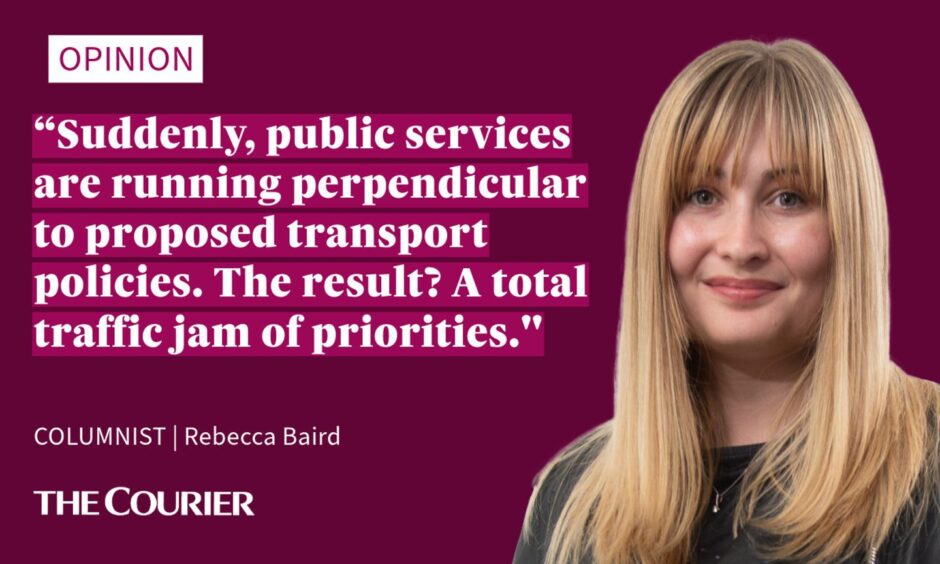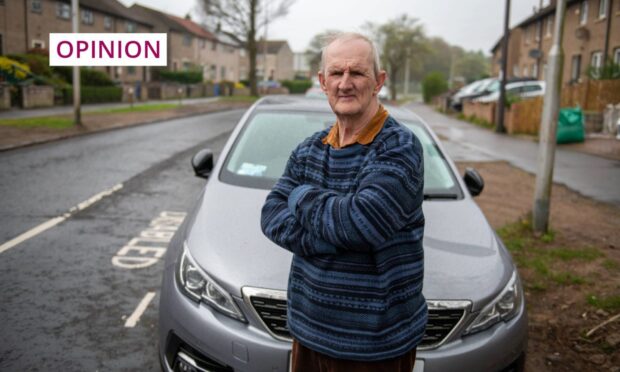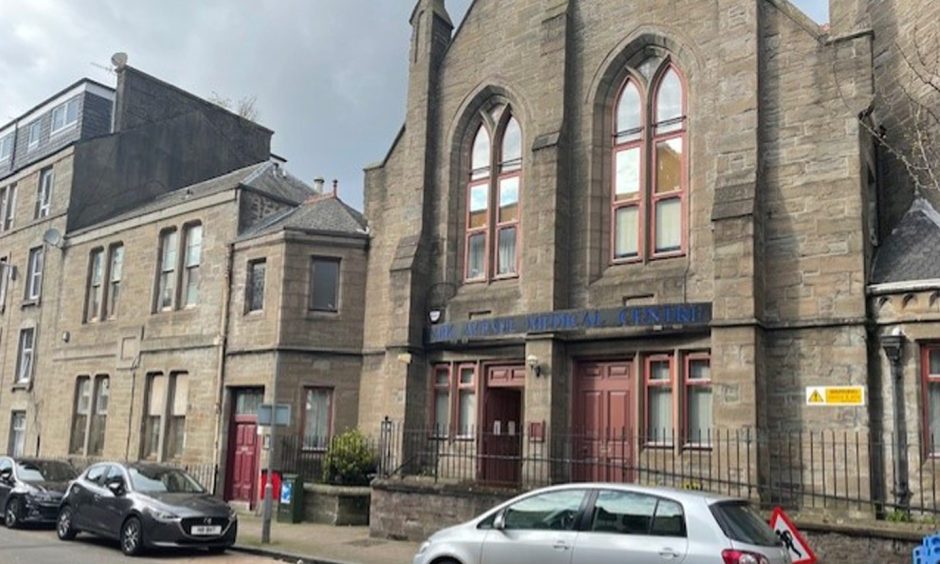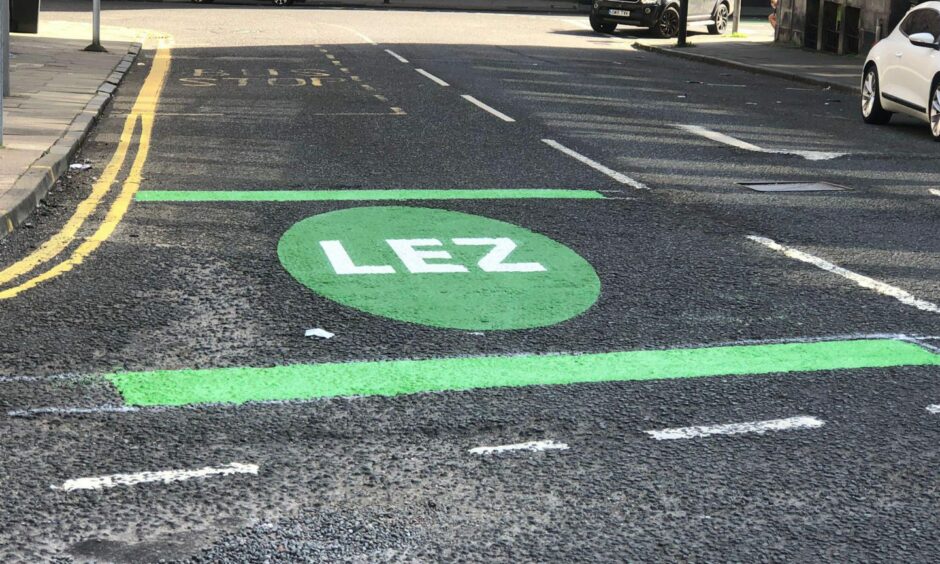Let’s see if we can get this straight.
Dundee’s adoption of the pavement parking ban, which (rightly) aims to tackle irresponsible parking, is actually leading to instances of it.
I wish I could say I was shocked, but I’m not.
This week, The Courier reported that folk up Balunie Drive are now parking Noah’s Ark style up the street, two by two.
This is apparently because the ban means they cannot park on the street’s grass verge, which served as good-sense makeshift parking spaces until the policy came into force.
And now residents are finding their cars are being damaged due to their now-irresponsible (yet legal) parking making the road too narrow for safe passage.
This is the first little gridlock in Dundee’s maze of nonsensical logical junctions.
The solution proposed by many is for these people to park further away from their homes, and avoid doubling up on either side of the road.

That sounds obvious, but what happens when that street overspills into another, and then those residents are forced to find new parking places, and so on?
There’s a chronic lack of residential parking in the city, which wasn’t addressed before the implementation of the ban. These unhappy former pavement parkers are the predictable consequence of that.
Better, then, to not use a car at all and go places on foot or on public transport. That’s if local buses could be relied upon to keep a schedule and not break down.
Or if we lived in – oh, she’s going to say it – 20 minute neighbourhoods.
’20 minute neighbourhood’ is sensible, not scary
Here, I’m referring to the somehow-highly-contentious proposal that citizens should have all their essential services, such as GPs, schools and shops, within 20 minutes of travel, either on foot or by public transport.
This is an entirely sensible idea which has been hilariously co-opted by conspiracy theorists as threat of localised imprisonment, as if people will hit some sort of governmental force field when they try to leave their assigned zones.
Don’t threaten us with a good time, right folks? And pick up a tin hat on the way out.
Jokes aside, the 20-minute neighbourhood does seem like the most practical way to get folk ditching their cars or using them less.
And that in turn would ease the angst of those affected by Dundee’s chronic lack of street parking space.
It would also support the carbon-cutting ideology behind the newly-implemented Low Emission Zones.
And if the much-grumbled-at active travel plans for the city centre come to fruition, we’d almost have a cohesive approach to travel and transport. Imagine!
So riddle me this – if the city is squeezing motorists with policies which encourage reliance on local amenities and public transport, why are we still centralising services?
Centralising services is driving backwards
As planners and parking attendants dream of walkable neighbourhoods, GP surgeries are collapsing and being absorbed into bigger practices which are 50-minute walks across town.
Local primary schools are being closed and merged into purpose-built super-campuses.
And centralised policing mean that neighbourhood cop stations are a relic of the past.
Saving money by swiping walkable services only to rake your citizens over the coals with parking fines for the cars they require to get from A to a now-further B? That’s a bad look.
From where I’m standing, it looks like authorities are running motorists off the road and then leaving people high and dry on the pavement.
Suddenly, public services are running perpendicular to proposed transport policies.
The result? A total traffic jam of priorities.
And what do traffic jams lead to? Road rage.
Transport isn’t vehicles – it’s freedom
It’s no wonder that Dundee residents are frustrated with their leaders. And it’s also no wonder that transport is such a hot-button topic, because it is the biggest impactor of freedom.
And our policymakers have a duty to ensure that everyone living here has freedom of movement – whether that’s pedestrians deserving clearer pavements, drivers needing affordable places to park, or public transport users being able to rely on their services.
However, we as citizens need to be willing to get on board when it comes to travel improvements.
We must accept that as city dwellers, our long-term goal should be to have fewer vehicles, more communal transport, and localised, fit-for-purpose services.
But until we have that, our leaders need to realise that unless they plough money into researching human teleportation, their citizens will come with cars.
So we need a place to put them, other than the pavement.
In short, DCC – build more parking, then keep working to make it unnecessary.
There’s some nice roundabout thinking.













Conversation